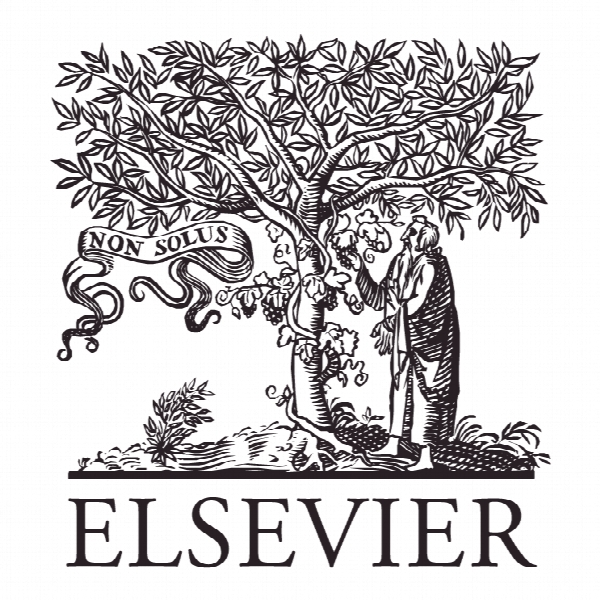درک بیماران اندونزیایی در کیفیت خدمات بیمارستان در سنگاپور The Understanding of Indonesian Patients of Hospital Service Quality in Singapore
- نوع فایل : کتاب
- زبان : انگلیسی
- ناشر : Elsevier
- چاپ و سال / کشور: 2018
توضیحات
رشته های مرتبط مدیریت
گرایش های مرتبط مدیریت منابع انسانی و بازایابی
مجله پروسه – علوم اجتماعی و رفتاری – Procedia – Social and Behavioral Sciences
دانشگاه Tricor Group – Jl. Jend. Sudirman 28 – Jakarta – Indonesia
منتشر شده در نشریه الزویر
کلمات کلیدی انگلیسی healthcare; service quality; qualitative research; Indonesian patients
گرایش های مرتبط مدیریت منابع انسانی و بازایابی
مجله پروسه – علوم اجتماعی و رفتاری – Procedia – Social and Behavioral Sciences
دانشگاه Tricor Group – Jl. Jend. Sudirman 28 – Jakarta – Indonesia
منتشر شده در نشریه الزویر
کلمات کلیدی انگلیسی healthcare; service quality; qualitative research; Indonesian patients
Description
1. Introduction Currently, health is one of the important things needed by everyone. This is evidenced by the increasing number of private hospitals or clinics being established. In Indonesia, several international standard hospitals with various advanced facilities have been established. However, the services provided by Indonesian hospitals are lacking as compared to the services provided by the hospitals abroad. In connection with this, there is an interesting phenomenon in recent years in which a large number of Indonesian patients seek medical treatment abroad. Approximately 30-40 percent of foreign patients at any one time in Singapore are Indonesian (International Medical Travel Journal, 2008). The quality of hospital care is an important aspect that affects the intention of a patient to have medical treatment in his or her home country or to choose a hospital abroad. We are interested in studying the patients’ perception of service quality provided by the hospitals in Singapore. This study aims to discover the patient’s understanding ofservice quality in hospitals in Singapore. 2. Literature review Service quality is defined as the overall evaluation of the performance of a service entity (Cronin and Taylor, 1992). Even though the evaluation has been described as the difference between customer’s expectation and perception of a service, some researchers have argued that it is better to measure service quality solely on perception (see Dagger, Sweeny and Johnson, 2007). This argument should also make a firmer difference between perceived service quality and customer satisfaction since the latter is usually defined as the difference between customer expectation and perception of product performance. The application of service quality model in health care or hospital has been widely conducted (e.g. Vandamme and Leunis, 1993; Rashid and Jussof, 20009; Rose, Uli, Abdul and Ng, 2004). Researchers have been trying to adapt the service quality model to the specific needs of hospital industry. There are two challenges faced by the esearcher in hospital service quality. Firstly, patients do not use the technical aspect of service as the measurement of service quality because most patients do not understand or do not have access to the information to evaluate the technical aspect (Tucker and Adams, 2001). Secondly, the relationship between patients’ satisfaction and quality is still undecided (Tucker and Adams, 2001). Therefore, Tucker and Adams (2001) are integrating the concept of satisfaction and service quality into an integrative model. The researchers have been proposing their models of service quality in hospital. Most of them are based on the RATER dimensions proposed by PZB (Parasuraman, Zeithaml, and Berry 1985, 1988). Lim and Tang (2000) add the dimension of “accessibility and affordability” to 5 dimensions of “reliability”, “assurance”, “tangibles”, “empathy”, and “responsiveness”. Tucker and Adams (2001) add “caring”, “communication” and “outcome”. Andaleeb (1998) and Hasin et al. (1998) add “cost”. On the other hand, Tomes and Ng (2001), develop 7 dimensions: “empathy”, “understanding of illness”, “relationship of mutual respect”, “dignity”, “food”, “physical environment” and “religious needs” based on their study on a different perspective, which is The Patients’ Charter. Developing the model from the previous studies, Rose et al. (2004) develop the dimensions of “technical”, “interpersonal”, “amenities/ environment”, “access/ waiting time”, “costs”, “outcomes” and “religious needs”. The other more notable study by Dagger et al. (2008) divide service quality into 5 dimensions which are more comprehensive, each with some sub-dimensions, they are “interpersonal (interaction and relationship)”, “technical (outcome and expertise)”, “environmental quality (atmosphere and tangibles)”, and “administrative quality (timeliness, operation, and support)”.


